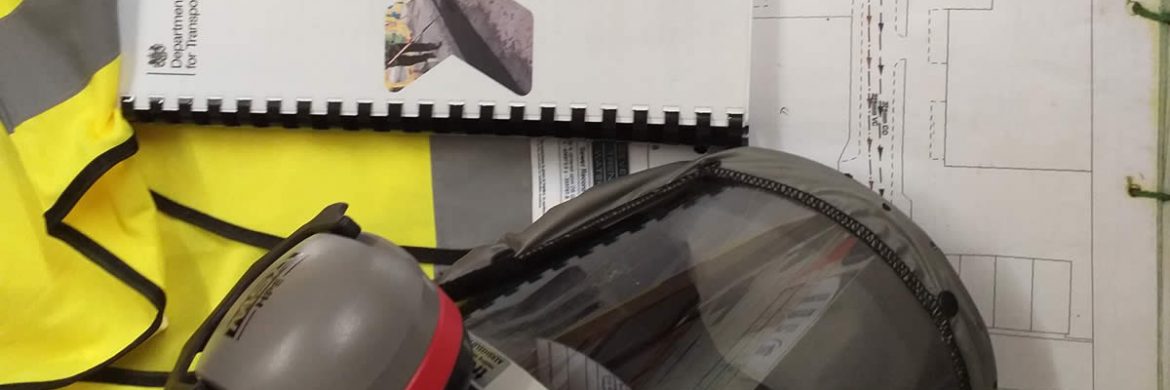Electrical – Working live or dead?
07 June 2016 Blogs
Work on live or exposed conductors should rarely be permitted as many accidents occur when working on equipment that could have been isolated. However, sometimes there is no other option but to work live and in those circumstances, three conditions must be met for the work to continue.
Is it unreasonable for the work to be done dead?
Is it reasonable for the person to be at work near the conductor while it is live?
Have all suitable precautions been taken?
Where work cannot feasibly be done dead
There will always be circumstances where work cannot be completed dead because of the difficulties it may cause. Such as:
- Difficulty commissioning a complex control cabinet without having it energised
- Monitoring the performance of a control system
- Tracing a malfunction
- Connecting a new service to an existing main without disconnecting a large amount of customers
- Switching off a system that may cause disproportionate disruption and cost, such as the supply to a railway track
Plan the work
Many electrical accidents are a result of failure to plan ahead. Effective planning should take into consideration the management, supervision, implementation and completion of the work, covering the following areas:
- The work itself
- The hazards associated with the work
- The competence of those doing the work
- The level of supervision necessary
- Any suitable precautions that need to be taken
- The potential for the work at hand to change
Risk assessments
If the work has been decided to be unfeasible whilst dead, a risk assessment is necessary, and it must be carried out by someone with comprehensive knowledge of the work at hand and the means of controlling the risk. These might include:
- Temporary insulation, protective enclosures and screens
- Temporary barriers to keep unauthorised people away from the area
- Ensuring that adequate clearances are established and maintained
- Making sure all workers are trained and experiences
- Providing lighting and a clear working space
- Using robust and insulated tools
- Storing all tools correctly
- Avoiding lone working
- Using correct PPE at all times
Our courses
Develop Training courses are ideal for competent persons, authorised persons, engineers and managers, with responsibility for electrical high voltage and low voltage systems. Our courses reflect the latest methods, practices and legislation and provide hands-on experience on specialist equipment.
Our experienced teams can also provide consultancy on safe systems of work and create bespoke programmes aligned to business procedures. Courses are suitable for all commercial sectors, as well as healthcare, including the National Health Service and the Ministry of Defence.
Develop Training offer a large range of electrical courses for people of all skill-sets.



















